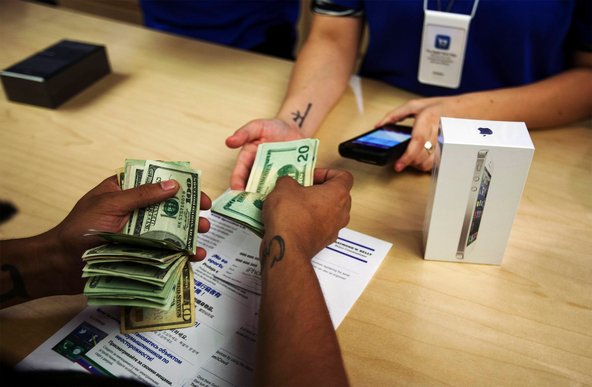Its divisions will war no more, Microsoft said on Thursday.
The company said it would dissolve its eight product divisions in favor of four new ones arranged around broader functional themes, a change meant to encourage a tighter marriage among technologies as competitors like Apple and Google outflank it in the mobile and Internet markets.
“To execute, we’ve got to move from multiple Microsofts to one Microsoft,” Steven A. Ballmer, the longtime chief executive, said in an interview.
The notion of organizing the company around the trinity of modern technology products — software, hardware and services — is most famously used by Apple. It is yet another sign of how deeply Apple’s way of doing things has seeped into every pore of the technology industry.
And in the process, some of the biggest technology companies are starting to look much more alike organizationally. The goal is to get thousands of employees to collaborate more closely, to avoid some duplication and, as a result, to build their products to work more harmoniously together.
“The current model is obviously Apple, given how phenomenally successful they have been,” said Kevin Werbach, an associate professor of business at the Wharton School at the University of Pennsylvania. “What Apple has been great at is creating these experiences.”
The changes at Microsoft, a giant in the tech industry for decades that has stalled in the last few years, echo similar moves at its biggest rivals, including some tweaking at Apple. Craig Federighi, who led the development of Apple’s operating system for computers, was also given oversight of much of the operating system for iPhones and iPads. Jonathan Ive, the industrial designer behind the slick look of Apple hardware, took charge of the interface of Apple software. At Google, the development of operating systems for mobile devices and computers was put into the hands of a single executive, Sundar Pichai, rather than two.
Microsoft said on Thursday that it, too, would consolidate its major operating systems, including Windows, Windows Phone and the software that powers the Xbox, under Terry Myerson, who handled engineering only for Windows Phone before. The underlying goal is to create software with tighter linkages to power an array of devices, making it easier for people to use their smartphones, tablets and game consoles as adjuncts to one another.
But Microsoft’s charges are far more sweeping and involve many more people. “This is, in my mind, the biggest thing we’ve ever done,” said Lisa Brummel, a 24-year Microsoft veteran who leads its human resources department, noting that the company has nearly 100,000 employees.
It remains to be seen whether more cohesive teamwork, if that is what results from all the movement, will offer the spark that has been missing recently from so many of Microsoft’s products. The company remains one of the most lucrative enterprises on the planet, with nearly $17 billion in profit during its last fiscal year on $73.7 billion in revenue. But it has been widely faulted for being late with compelling products in two lucrative categories, smartphones and tablets. Its Bing search engine is a distant second to Google and loses billions of dollars a year for Microsoft.
Rivalries among the Microsoft divisions have built up over time, sometimes resulting in needless duplication of efforts. Microsoft managers often grumble privately that one of the most dreaded circumstances at the company is having to “take a dependency” on another group for a piece of software, placing them at the mercy of someone else’s development schedule.
Product development groups will sometimes go to great lengths to avoid this, creating software like e-mail programs that duplicate the functions of other products at Microsoft. While its old divisions all had their own finance and marketing organizations, Microsoft is now centralizing those functions.

Claire Cain Miller contributed reporting from San Francisco.
Article source: http://www.nytimes.com/2013/07/12/technology/microsoft-revamps-structure-and-management.html?partner=rss&emc=rss
